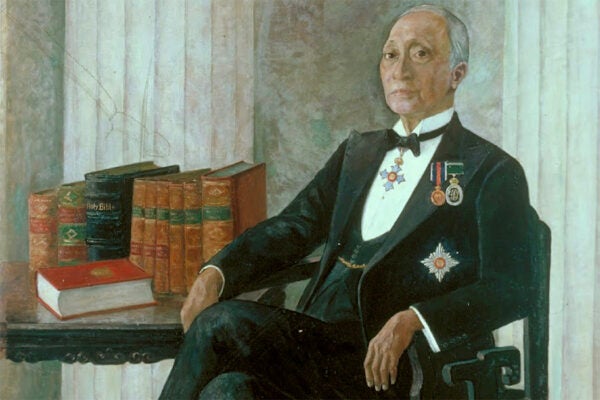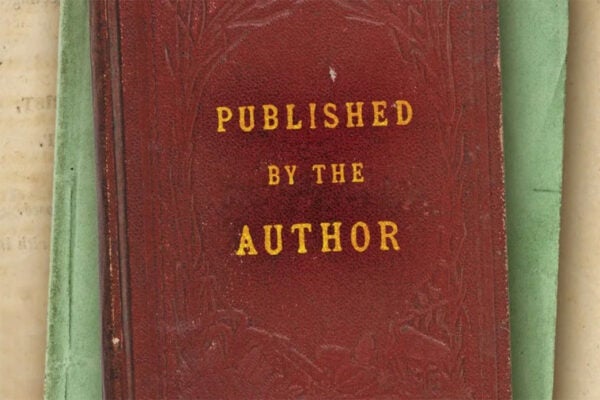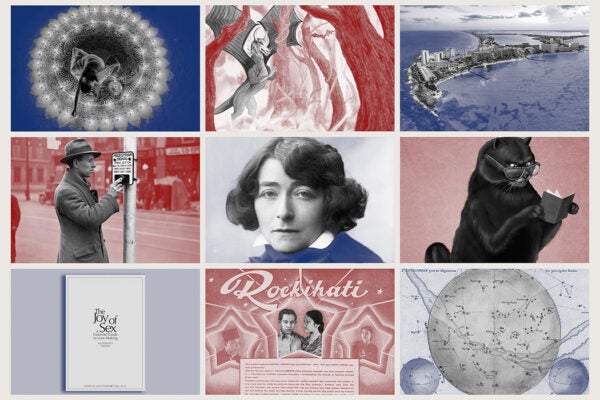Feminist Bookstore News by the Numbers
Now part of Reveal Digital, Feminist Bookstore News was a vital source of information (and gossip) amid a flourishing in publishing fifty years ago.
Writing a “Different Type of Chinese” into Being
The Western-educated Straits Chinese elite of colonial Malaya were among the first writers to produce a local literature in the English language.
What We’re Reading 2024
It’s become a tradition: the writers and editors at JSTOR Daily share our thoughts on this year's pleasure reading.
Annotations: A Christmas Carol by Charles Dickens
Scrooge became as good a friend, as good a master, and as good a man, as the good old city knew, or any other good old city, town, or borough, in the good old world.
Merry Christmas from The World
Festive poems from Anne Waldman, Bernadette Mayer, Eileen Myles, Clark Coolidge, Alice Notley, Yuki Hartman, Wang Ping, and more.
Self-Publishing and the Black American Narrative
Bryan Sinche’s Published by the Author explores the resourcefulness of Black writers of the nineteenth century.
Recovering the Malay Manuscripts of South Africa
Descendants of those trafficked from Southeast Asia to South Africa by the Dutch, Cape Malay Muslims use surviving kietaabs to connect to their heritage.
The Two Worlds of Patrick White
In writing and life, the Australian Nobel Laureate was ever preoccupied by the search for spiritual meaning and the fraught relationship between God and blundering humanity.
Jura: George Orwell’s Scottish Hideaway
Discover the austere island retreat where Big Brother was born.
JSTOR Daily: What I Learned
Go behind the scenes with our writers as we celebrate JSTOR Daily’s tenth anniversary!









